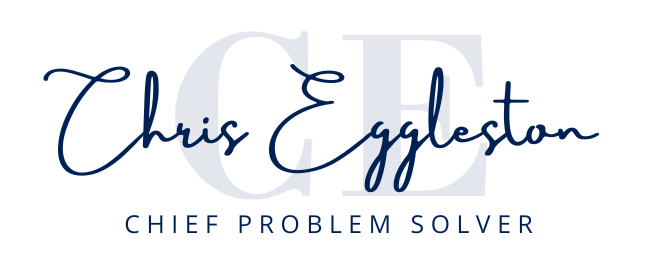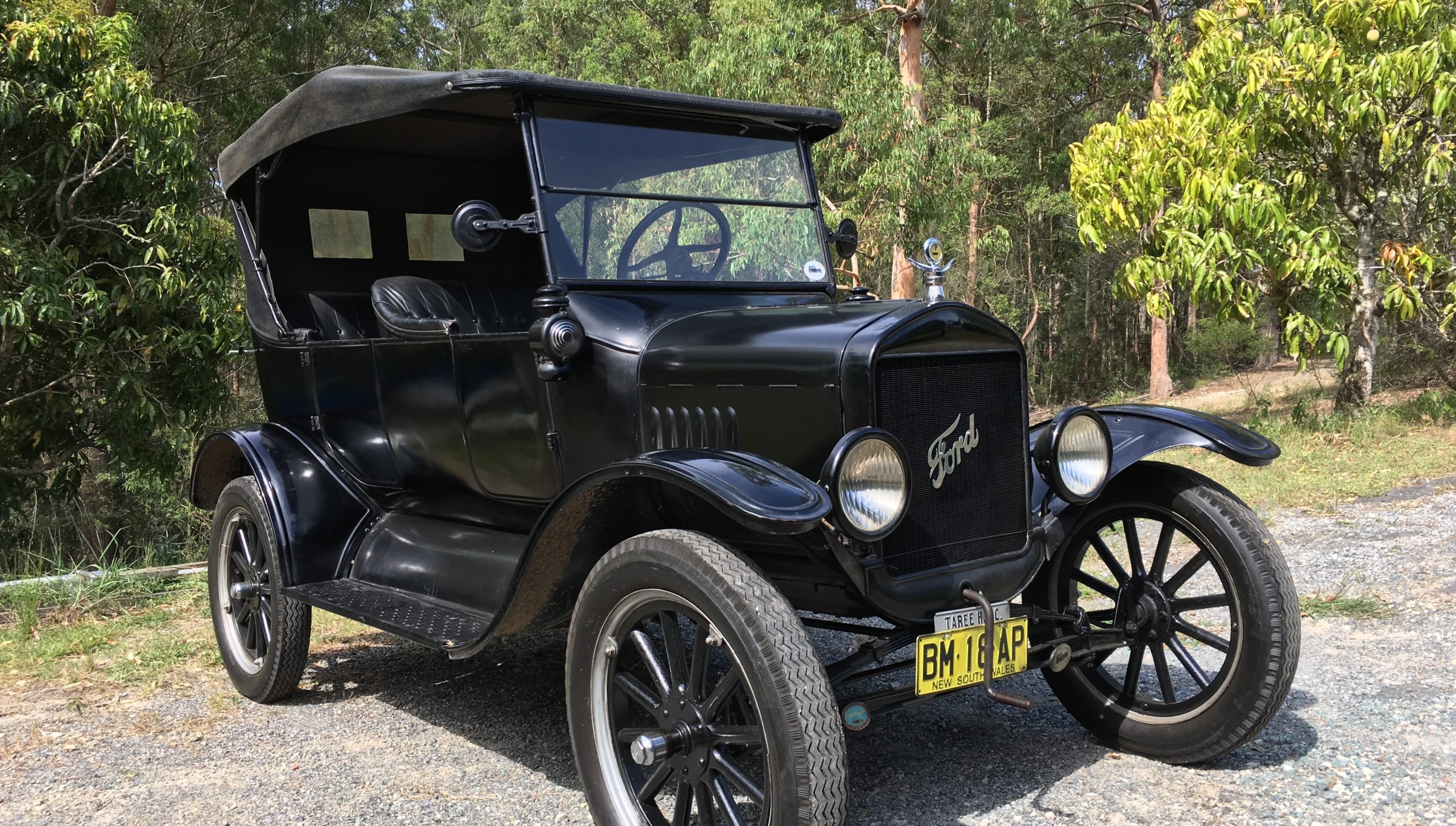In this article, I’ll share the secrets I learned studying Henry Ford’s business strategies and what actually made him successful. You’ll learn how one core concept was the key to his massive success and to us having affordable automobiles today. I’ll show you how you can use that same core concept in your business to increase growth without increasing overhead.
What Did Henry Ford Do!?
When you ask most people about Ford, they immediately associate him with the first automobile, or as the inventor of the assembly line.
What do you think? What did Ford do?
Funny how that works!
Ford wasn’t the first to build an automobile. In fact, he wasn’t even the first to try to make the automobile affordable. And despite conflicting reports, I don’t believe he actually “invented” the assembly line concept.
While Ford was not the inventor of these things, he was defiantly a brilliant innovator.
To answer the question, what did Henry Ford do?, he made automobiles affordable for the average American, initiated the 5 day 8 hour shift workweek, and contributed greatly to the creation of the industrial workforce we are so familiar with today.
By no means should this article or my focus on leverage diminish or reduce the great work of Henry Ford. The man was brilliant, and he did innovate a new type of automobile, one that was easy to drive and affordable to own and fix. He is, in my opinion, responsible for the consumerization of the automobile.
Because of what he accomplished we still have affordable and practical vehicles today.
A Look Back in Time
If Ford didn’t invent the first Automobile, who did?
 The first gasoline engine and powered automobile was invented by Karl Benz in 1886 (yes, as in Mercedes Benz).
The first gasoline engine and powered automobile was invented by Karl Benz in 1886 (yes, as in Mercedes Benz).
The production and manufacturing cost were too high for the Benz Motorwagon that it was not practical or affordable for the average American.
Sounds like an opportunity for a brilliant innovator!
If Ford didn’t develop the assembly line, who did?
I have read mixed reports on this, some say he came up with the idea while observing the disassembly process used in meat processing plants. Wikipedia reports, “Although Ford is often credited with the idea, contemporary sources indicate that the concept and its development came from employees.”
How Did He Do It!?
He had an interest, possibly even a need, he had a base of knowledge and understanding, and he had a vision.
Ford started his career as an engineer, working for the Edison Company. He experimented for years with the development of a gasoline engine and completed his first automobile in 1896.
From 1896 to 1908 when the Model T was first introduced to the market, Ford spent his time perfecting his automobile and finding partners and investors to back the financial demands of production.
The rest is as they say, history!
The Ford Motor Company sold over 15 million Model Ts in 19 years before a decline in sales that was brought on by competition. Which eventually lead to the development of the Model A, which did over 4 million sold in the first 4 years.
But how did he do it? How did he make the dream of every American owning an automobile a reality?
In one word, Leverage!
This is it, Ford’s big secret. He used leverage to help him
Not being the first to produce a gasoline powered engine and automobile, Ford was able to leverage the work done by others to improve both the product and the production of that product.
Isn’t that what innovators do!?
How about a modern example:
Elon Musk was not the first to produce an electric car. His mission with Tesla is to get more people to transition to sustainable energy. And let’s be honest, most electric car manufactures seem to think the electric car needs to be ugly or “space aged” in design.
Elon’s first electric car, do you remember what it looks like? The Tesla Roadster, it was an electric car you could be proud of!

He made the electric car better, he made it luxurious yet still affordable.
Leverage of Labor
Ford was able to maximize efficiency in the factory with the introduction of the assembly line, reducing the amount of hours required in a week (40 down from 48) and paying higher wages than anybody else ($5/hr).
He improved the quality of life for the people who worked for the Ford Motor Company which resulted in better output.
With the assembly line, it meant each worker had one task to focus on, but everyone worked together to complete the massive project of mass producing the Model T.
Leverage of Simplicity
Ford use to say, “Any customer can have a car painted any color that he wants so long as it is black”.
In order for leverage to work for Ford, and his goal to make the automobile affordable, he had to have systems and procedures that ensured things were done the same way every time.
That is why every Model T was built the same exact way and only painted black. The car was simple to drive, easy and cheap to repair.
Here at WP Mantis, we have systems and processes for how we handle the issues that are covered within our scope of support.
For example, when some has a White Screen of Death, we have a document that tells a tech exactly how to handle that issue. This insures, no matter their level of expertise, they can resolve the issue for our customers.
Leverage of the Franchise
Ford setup a franchise model of dealerships in almost every major city in North America. Which made it easier to get more cars to the consumer. Mass adoption through convenance. “Just go to your local Ford dealer”.
Since the franchises operated as independent dealers, the owners were able to develop wealth which lead to the continued growth of sales of not only the Model T, but the Model A and every model that followed.
Ford didn’t have to be responsible for the sales of all those millions of cars, instead he leveraged these dealerships to do the selling.
Much like things are done today!
How You Can Use Leverage
There is a great podcast episode from Side Hustle Nation you should listed to called How to Get Unstuck: 6 Levers to Pull to Level Up Your Business. The discussion is on 6 forms of leverage and how you can use them in your business.
In this world of Internet based business services and technology, there are a ton of ways to leverage other peoples…
- Services
- Products
- Money
- Time
- Expertise
- etc…
I’ll share a recent story to explain how you can use leverage.
I had a web professional reach out to me because they needed technical support. This individual is a “skilled front end developer”, which to me means they are a designer, not a developer. They make things look pretty and provide the structure the developer needs to build out the project.
He mentioned that he was trying to learn backend development because he wanted to be able to do more of the work himself, instead of using a developer.
Which is one form of leverage, using other peoples expertise or skill set.
I recommended that instead of spending a lot of time learning backend development, to find a good WordPress theme framework like Genesis/StudioPress and learn that framework. Then he can focus on his strengths and build custom child themes.
When you leverage a theme framework, you can reduce the level of backend knowledge you need to be successful. Additionally you get to utilize a community of users and product support.
That is a strategy for leveraging other peoples services, products, expertise, and time.
How this works with Mantis?
At Mantis we provide website support services. We partner with IT Service Providers that also manage client websites.
Often these partners don’t have the in-house talent to handle the work. Despite what people thing, just because you know how to fix a computer, doesn’t mean you know how to fix or build a website. And that goes for the other way too.
Instead of trying to find an employee to handle the uptake in services, they use out White-Label support service. We already have the expertise, the people, and the system to handle the work. We can have a new partner plugged in and start servicing their clients within 30 minutes.
You get to provide more, without having to do more!
The Wrap Up
Growing up, my dad changed the oil and the breaks on our family cars himself, to get this, “save money”. The only problem, it always cost him something. Either time working, or time with family.
Success in business isn’t necessarily about doing everything cheaper. Instead your success is about doing things smarter.
Leverage is a great secret that far too few business owners take advantage of. And from my experience, there are two specific reasons, (1) pride (I want to do it myself) and/or (2) ignorance (they just don’t know how).
Ford was customer focused, so much so that he didn’t bring the Model T to market until he was sure it was the right solution. The right product for the right market.
I firmly believe that without his focus on leveraging things from what had been done before, to how his factory operated, to how simple the car was to operate he would not of had the success he did.
What can you change in your business to start benefiting from leverage?



